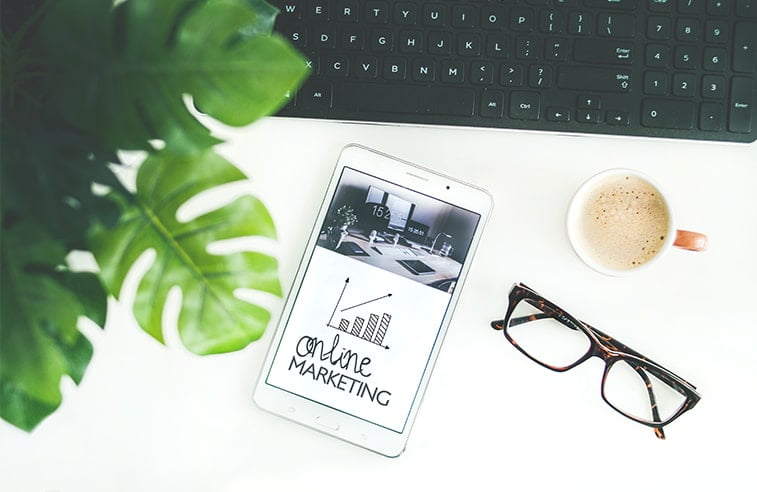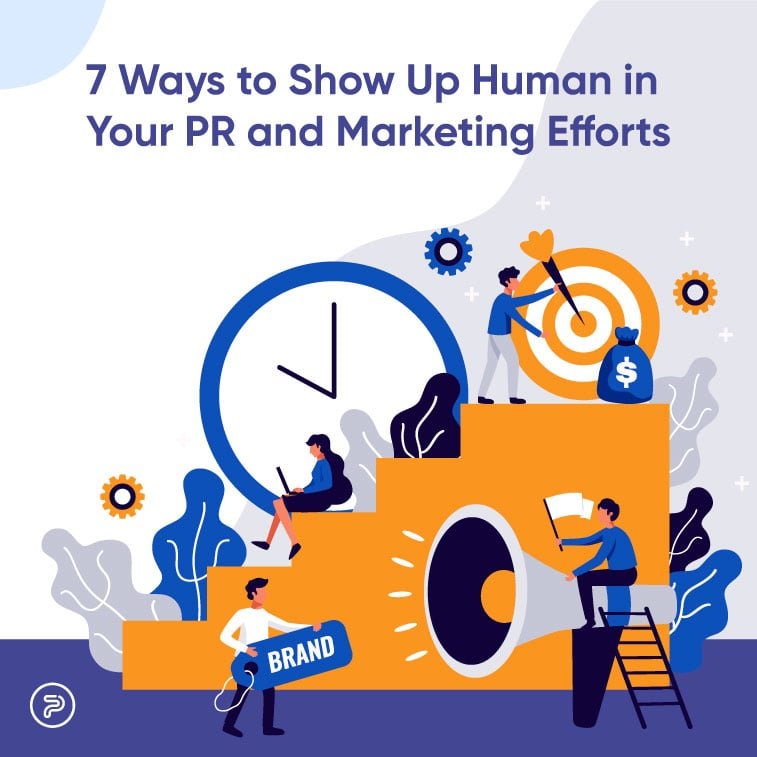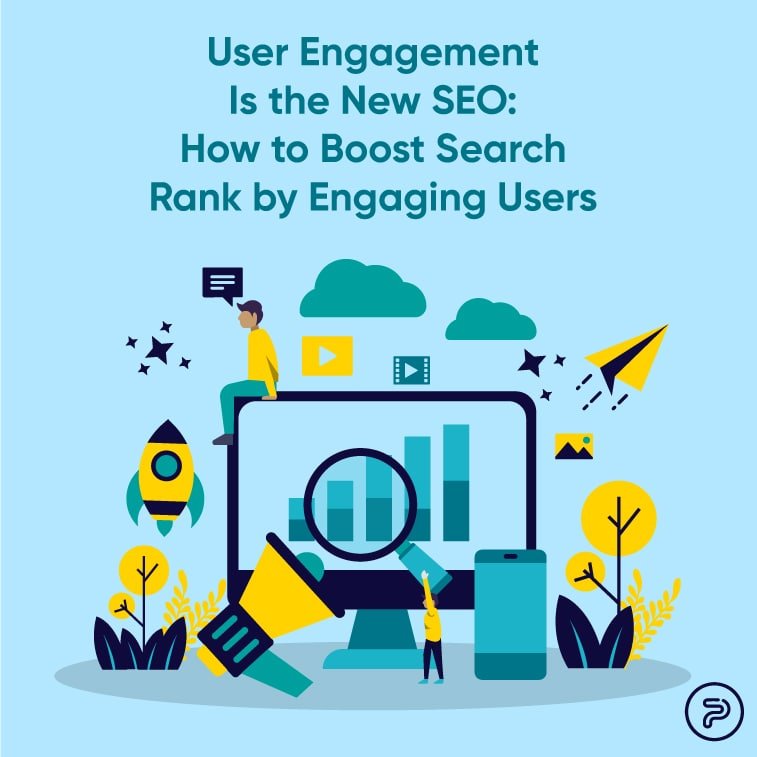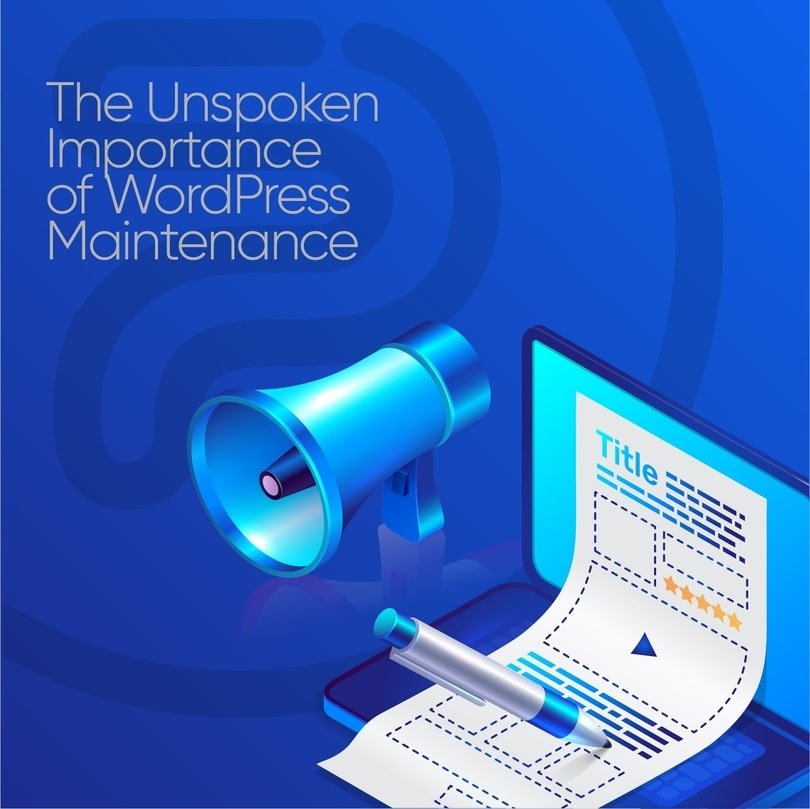Long gone are the days when you could simply just launch your product, advertising it bluntly, showing off its basic features and customers would simply just flock to your store or website requiring any other effort from you?
Nowadays, if you want to remain valuable to your target audience and customers, you want to create a story. You want your brand to tell a tale, to convey a vision. Buyers want to associate a certain lifestyle that they purchase with your product. They want to be a part of an exclusive club, to be a part of the extraordinary experience that comes from wearing/using your brand.
On the other hand, sometimes, you need to go even further to connect with your audience the right way. Oftentimes, you need a figure, a personal tale, who encompasses everything your business is about in order to evoke even more emotion from your customers and/or clients who feel even more that now they’re being heard.
This is no secret. We all know that people buy things from people. Even more so, around 58% of B2B businessmen claimed that when they humanized their model they managed to achieve larger gross sales numbers.
So, what’s the basic idea behind this concept? All in all, it’s fairly easy. You just have to present yourself as a normal human being in a B2B situation when speaking about your organization and services. Knowing what tone and language you use, and the basic messaging of your story can go a long way in putting your entrepreneurial efforts on an upward trajectory.
The Importance of Tone and Language
In the business world, entrepreneurs often forget that using their niche jargon will most often result in people losing interest and not listening.
On the other hand, learned phrases like ?leveraged this?, ?leaned into that?, ?managed to encapsulate the essence of what a customer wants?, and other commonplace structures that are used so often in advertising and branding that even you can zone out immediately when you hear them from somebody else during a business meeting.
In order to sell, you don’t need to sound ?skilled?. Grandiose language, long and complex sentences make you sound less human and will lead to you ultimately failing to nail a captivating presentation and to peak the interest of your potential partners or clients.
What’s your best option then? Sticking to descriptive and plain language seems to work the best.
A more conversational and clear language can go a long way, especially if you can take advantage of it and use it for branding purposes as well.
Make Your Persona a Part of the Brand
A great example of the statement we made above is the example of Basecamp, for instance. Company representatives use a persona model that rings well with the company’s mission: to make project management and team communication easier. Just take a look at their homepage: no fluff, no unnecessary explanations, complex industry jargon, and all of that jazz. Just plain, simple English describing what clients can expect from using their services.
Without a doubt, it’s easier to read, to understand, and even tough weigh the usefulness of the actual product/and service this way, than reading an extensive professional essay about the same product using phrases that at first glance, look like snippets of words out of a sci-fi movie or a quantum physics documentary.

Take it Easy
If you want to be memorable and spark a connection, you need to be up to the task.
So, where should you begin?
First thing’s first, you should be humorous, be laid-back, but also, remain professional at the same time. Aim to create a brand-related persona that’s not entirely made up, but has that extra oomph that helps connect your brand and you to your target audience.
It goes without saying that you should avoid profanity and jokes in bad taste. Don’t be way too funny and don’t steer the convo away from your end goal. This definitely takes some time to master, however, in time, you will develop a feel for different types of clients and how to approach them the best possible way.
Lastly don’t make a clown out of yourself. Always keep your integrity and self-worth in check and do your best to remain an authoritative figure during the meeting,
Seven Small Steps in Presentation For a Huge Leap In Sales
The above-mentioned tactics are all good pointers, however, there are even more detailed small tips and tricks that will make sure that instead of people zoning out while you’re talking about ROI and other metrics, they will be actually listening.
Here are the seven concepts:
- Create a hero: Personalizing a situation or a problem can bring your service/product closer to your clients than repeating boring sales figures. Look for ways you can connect your goods to actual people (primarily, your buyer), identify a potential problem of theirs, and show them how your service or product can solve their problems.
- Storytelling workshops: Organize a meeting with prospects and crew members and enable them to tell their own experiences with the company,
- Use case studies to your advantage: Rejoice your clients. Share other personal experiences with your brand, concentrating more on their actual journey than on the numbers. Your potential clients will more likely associate with them than with mundane sales figures.
- Goof around a bit: Share something foolish, an anecdote, or a situation that connects to your brand, product, or service and sets the tone of the entire presentation.
- Create a story: Determine obstacles, puzzles, traps, enemies, and friends. Talk about how you overcame them.
- Leave the jargon outside: Do your best to avoid sounding like everybody else. Whenever you find yourself reverting to these phrases, use only the bare minimum.
- Embrace the founder story: Fortunately, every brand and company has a story of its own. A good founder story can resonate well with prospects and buyers and might even serve as the foundation of the emotional connection between your brand and your clients.
The Takeaway
The sole point of this blog post is to take it easy with the numbers. While an outstanding ROI is compelling enough to sell a service or a product in a B2B setting, even other entrepreneurs want to experience the stories and visions brands often sell to simple consumers.
Humanizing your B2B marketing and advertising efforts will surely help you put your company on the map and evoke new emotional responses from your target audiences.
Not to mention, you will also enjoy your client meetings more because these stories are just that: more enjoyable. And they will always be more exciting than plain numbers.





